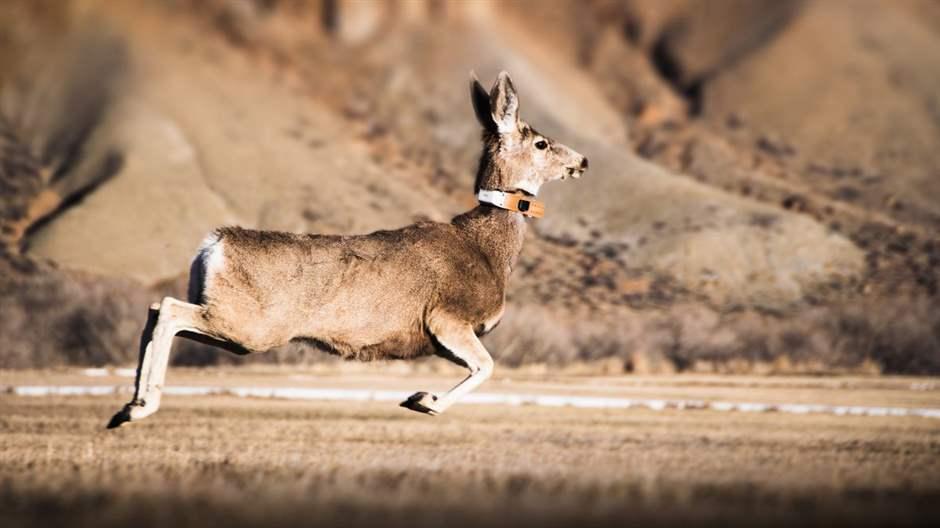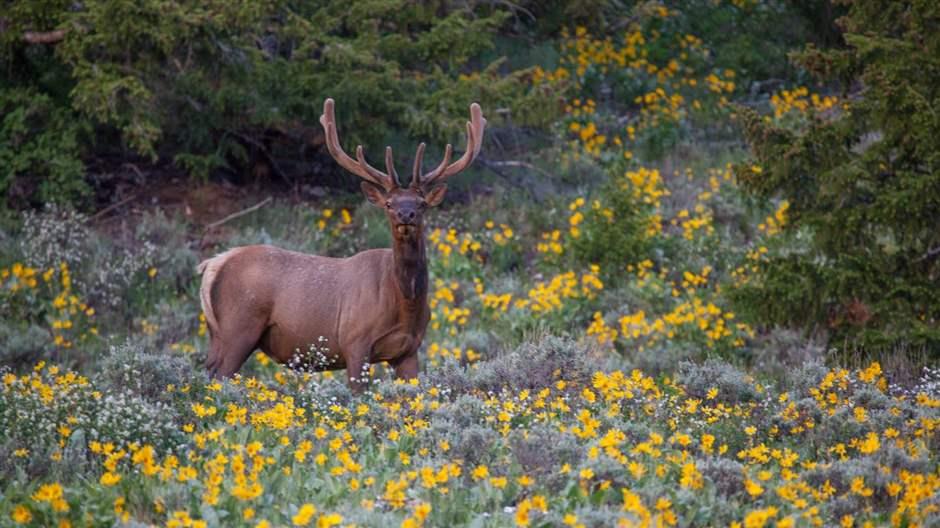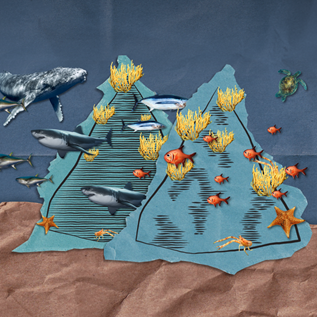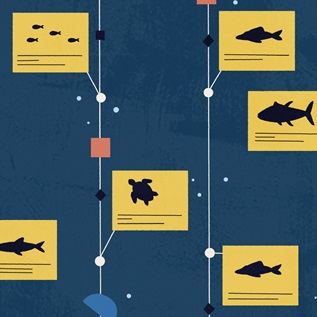Wildlife-Related Recreation on BLM Lands Boosts Rural Economies
New study detailing benefits should inform management decisions
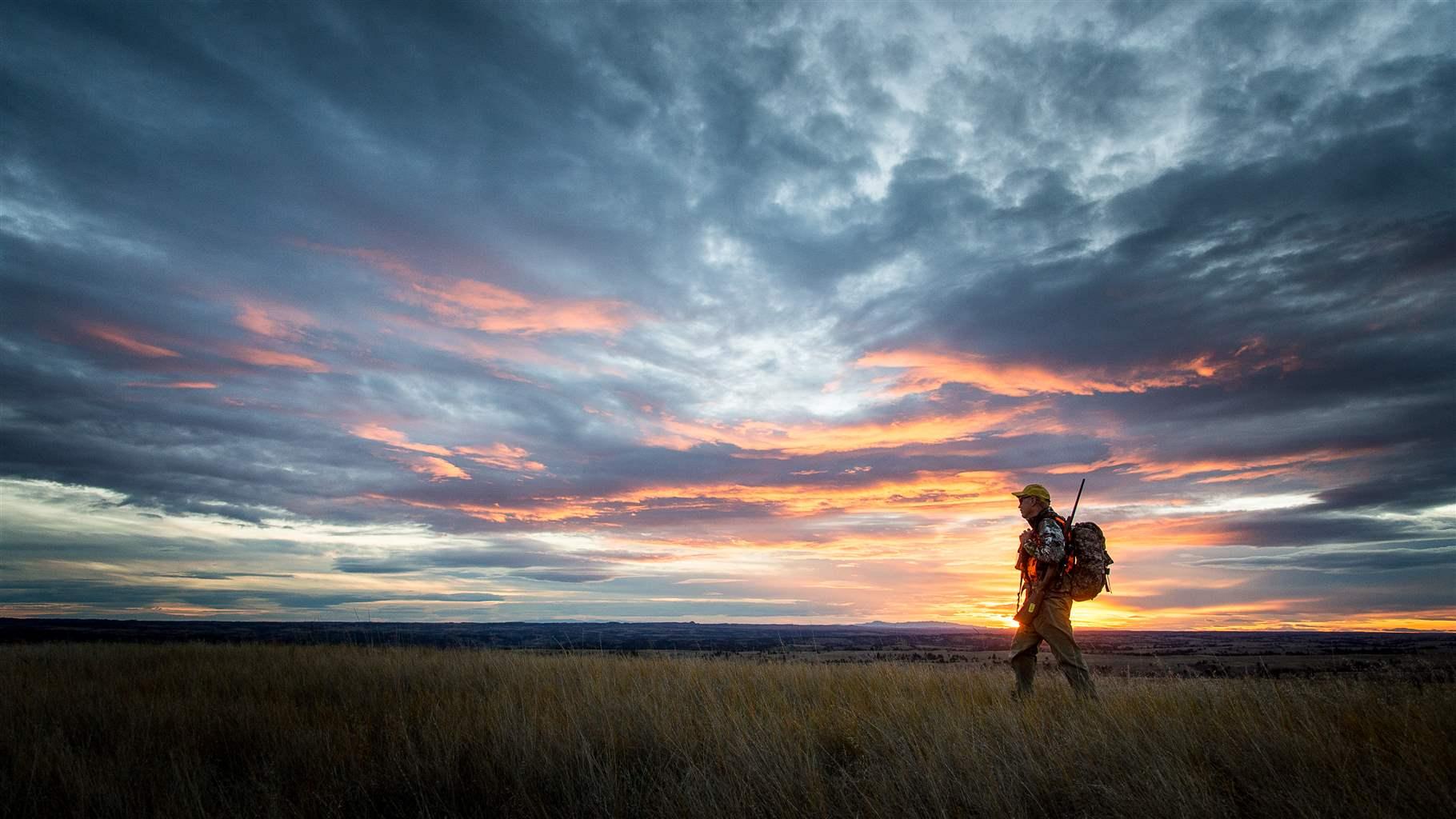
There are many reasons Americans love their public lands. Many of these wide-open spaces are overseen by the Bureau of Land Management (BLM), contain breathtaking vistas and often serve as important habitat for a variety of species. The wildlife on these expanses is a vital economic driver for the rural western United States, whose communities see substantial economic benefit from them.
A study released recently by The Pew Charitable Trusts and several national sporting groups found that hunting, angling, and wildlife watching on BLM-managed public lands in 11 western states and Alaska supported 26,500 jobs; generated more than $1 billion in salaries and wages; and produced over $421 million in federal, state, and local tax revenue in 2016. These jobs benefit the rural West, and BLM should consider these economic values when weighing land management decisions.
The study, “Quantifying the Economic Contributions of Wildlife-Related Recreation on BLM Lands” found that in 2016 wildlife-related recreational visits to these landscapes across the West resulted in more than $3 billion in total economic output—the value of all sales associated with these three types of recreational activities on BLM lands. The study was conducted by the independent firm Southwick Associates and released jointly by Pew, the Theodore Roosevelt Conservation Partnership, the Wildlife Management Institute, Trout Unlimited, the Archery Trade Association, and the American Fly Fishing Trade Association.
The BLM manages more fish, wildlife, and plant habitat than any other federal or state agency in the United States; more than 3,000 species of wildlife live on BLM-managed public lands. Sustaining this impressive amount of biological diversity should be a priority in BLM’s management planning.
BLM is developing more than a dozen plans for public lands across the West and Alaska that will guide the management of tens of millions of acres over the next 20 years. The agency is required to consider various uses for public lands—including conservation, recreation, and energy development—and to seek management outcomes that sustain these activities in the future.
The new Southwick economics report provides important information that should be used to inform BLM’s land use decision-making. Some of the agency’s plans are currently being aligned with the Trump administration’s priority on developing domestic energy supplies. Consequently, large tracts of public lands are being made available to energy development. This singular approach to public lands oversight is inconsistent with the agency’s multiple-use mandate and could undercut regional western economies that depend on healthy wildlife populations.
The BLM should consider the Southwick report as the agency moves forward with land management planning to ensure that wildlife habitat and animals’ ability to thrive are factored into decision-making. BLM lands are vast enough to allow for a responsible balance between conservation and energy development. Not all uses are appropriate on every acre of public land, and some places that are important habitat—and that create economic benefit for nearby communities—should be protected from uses that damage habitat values.
Ken Rait directs The Pew Charitable Trusts’ U.S. public lands conservation initiative.


America’s Overdose Crisis
Sign up for our five-email course explaining the overdose crisis in America, the state of treatment access, and ways to improve care
Sign up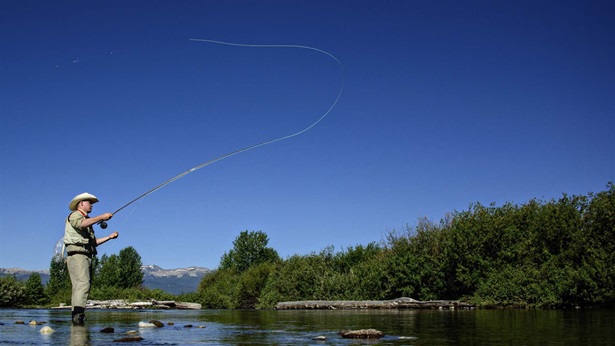
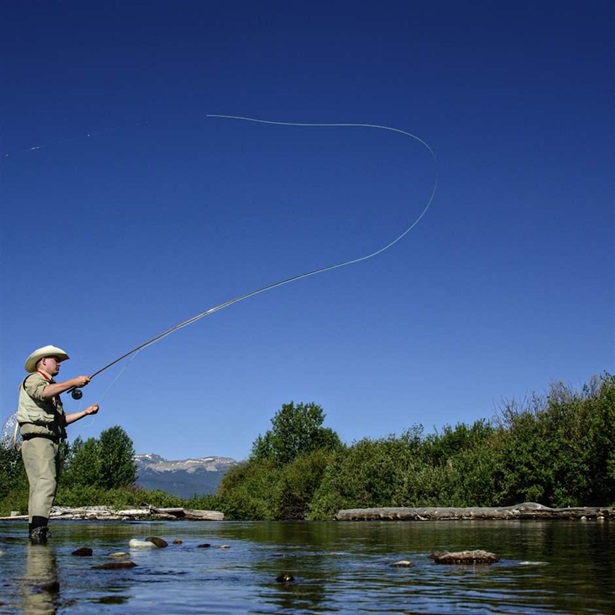
Wildlife-Related Recreation Boosts Local Economy
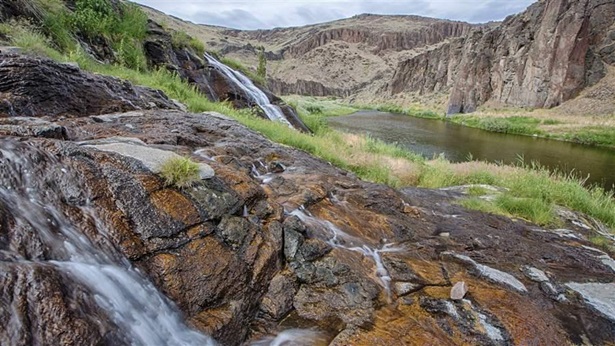

The Economic Value of ‘Quiet Recreation’ on BLM Lands
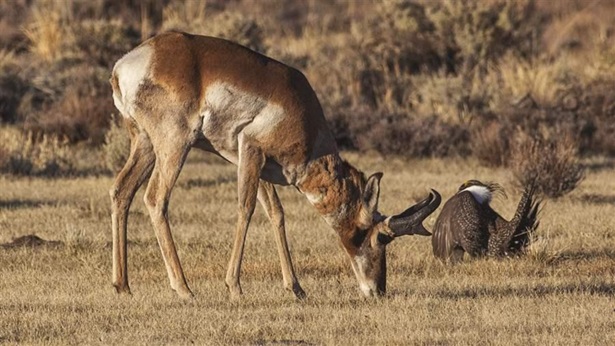
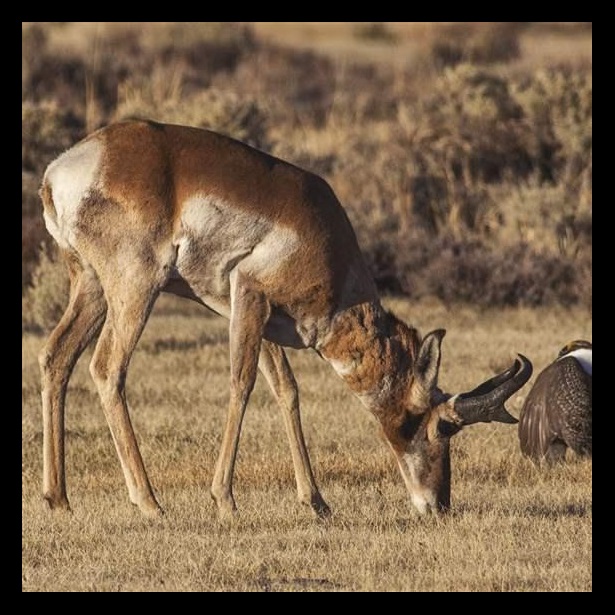
Fast Facts About the BLM
This video is hosted by YouTube. In order to view it, you must consent to the use of “Marketing Cookies” by updating your preferences in the Cookie Settings link below. View on YouTube
This video is hosted by YouTube. In order to view it, you must consent to the use of “Marketing Cookies” by updating your preferences in the Cookie Settings link below. View on YouTube
